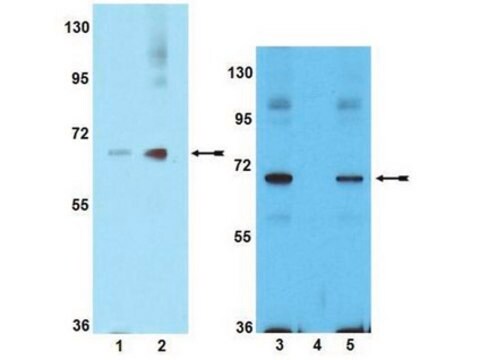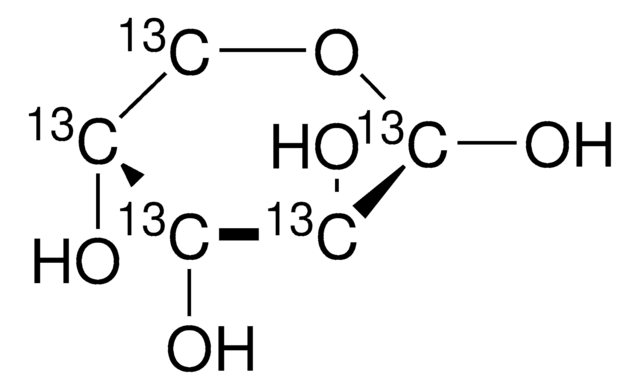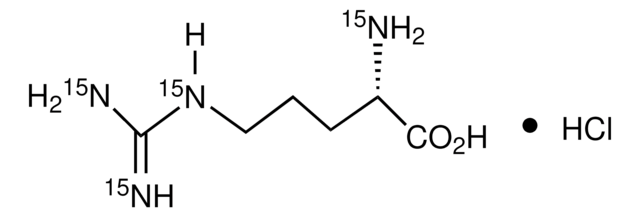P3237
Anti-phospho-PAK1 (pThr212) antibody, Mouse monoclonal
clone PK-18, purified from hybridoma cell culture
About This Item
Recommended Products
biological source
mouse
Quality Level
conjugate
unconjugated
antibody form
purified from hybridoma cell culture
antibody product type
primary antibodies
clone
PK-18, monoclonal
form
buffered aqueous solution
mol wt
antigen 68 kDa
species reactivity
human, mouse, rat
concentration
~2 mg/mL
technique(s)
immunocytochemistry: suitable
indirect ELISA: suitable
microarray: suitable
western blot: 0.2-0.4 μg/mL using a whole extract of transfected and activated COS-7 (monkey kidney) cells expressing phosphorylated PAK1
isotype
IgG1
UniProt accession no.
shipped in
dry ice
storage temp.
−20°C
target post-translational modification
phosphorylation (pThr212)
Gene Information
human ... PAK1(5058)
mouse ... Pak1(18479)
rat ... Pak1(29431)
General description
Monoclonal Anti-Phospho-PAK1 (pThr212) reacts specifically with human PAK1 phosphorylated at Thr212 (68 kDa), and does not detect the unphosphorylated epitope.
Immunogen
Application
- enzyme linked immunosorbent assay (ELISA)
- immunoblotting
- immunohistochemistry
Biochem/physiol Actions
Physical form
Disclaimer
Not finding the right product?
Try our Product Selector Tool.
Storage Class Code
10 - Combustible liquids
WGK
WGK 3
Flash Point(F)
Not applicable
Flash Point(C)
Not applicable
Certificates of Analysis (COA)
Search for Certificates of Analysis (COA) by entering the products Lot/Batch Number. Lot and Batch Numbers can be found on a product’s label following the words ‘Lot’ or ‘Batch’.
Already Own This Product?
Find documentation for the products that you have recently purchased in the Document Library.
Our team of scientists has experience in all areas of research including Life Science, Material Science, Chemical Synthesis, Chromatography, Analytical and many others.
Contact Technical Service




